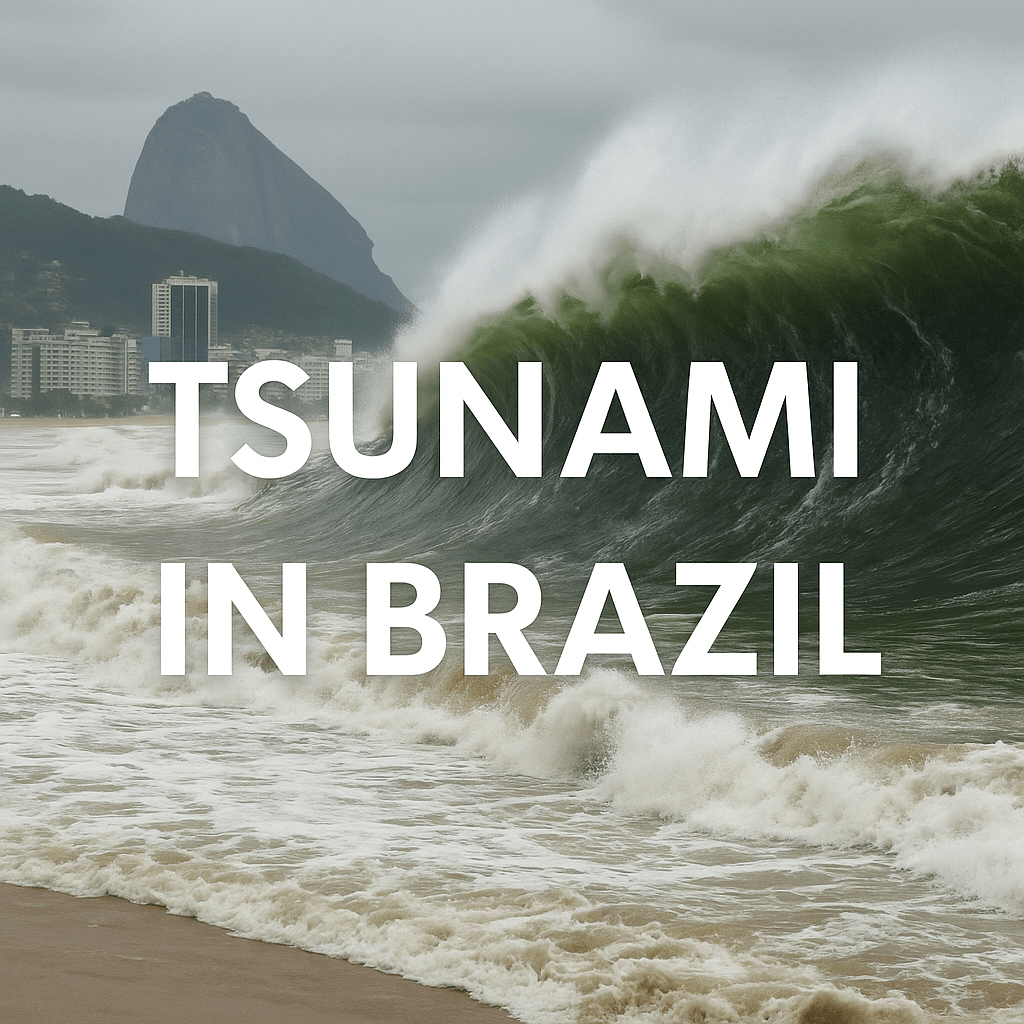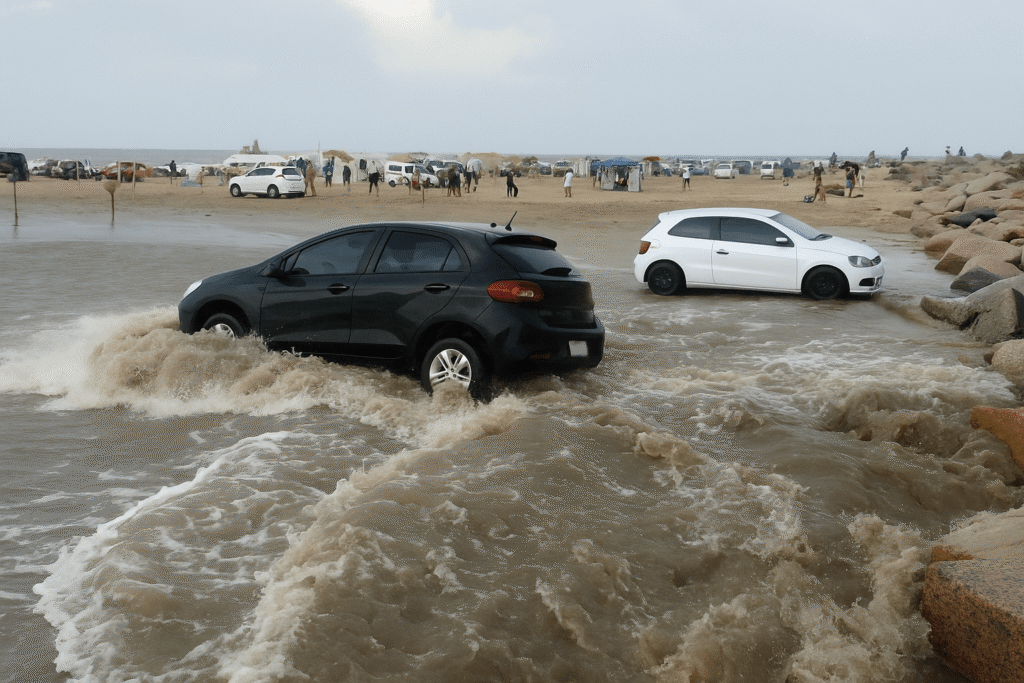
A rare and shocking natural event unfolded this week as a tsunami in Brazil surged along the iconic coast of Rio de Janeiro, triggered by the devastating Russia earthquake 2025 that struck near the Kamchatka Peninsula. Despite Brazil’s location on the Atlantic Ocean far from the usual Pacific tsunami zone waves pounded Rio’s shores late on July 30, stunning locals and drawing global attention.
Emergency teams responded swiftly, though no major injuries or structural damage have been confirmed. The phenomenon has left scientists and emergency planners scrambling for answers, as powerful oceanic energy moved halfway across the globe, unsettling even normally calm Atlantic waters.
How the Kamchatka Earthquake Sparked a Global Tsunami Chain

The chain of events began thousands of miles away when an 8.8-magnitude earthquake rattled Russia’s eastern seaboard near the Kuril-Kamchatka Trench. The quake among the strongest in recent history occurred at a depth of just 19 kilometers, setting off a dramatic underwater upheaval. Almost immediately, the tremor triggered a Kamchatka earthquake tsunami, sending waves crashing into Russian coastal towns such as Severo-Kurilsk, where floodwaters reached up to four meters.
From there, the energy radiated outward. The tsunami waves today didn’t stop at the Pacific. Unusually strong sea-level surges were detected as far as Hawaii, California, Japan, and, unexpectedly, South America. Although Brazil’s tsunami warning was sent late in the worldwide alert cycle, authorities were able to monitor shorelines and impose beach access restrictions on Rio de Janeiro residents just in time.
Unprecedented Wave Activity Along Rio’s Coastline
Residents were taken aback when the tsunami struck Rio de Janeiro.. Local media captured footage of large, fast-moving waves crashing into popular tourist beaches such as Copacabana and Ipanema. Although wave heights were lower than those recorded in Pacific regions, reaching between 0.6 to 1.2 meters, they represented a dangerous deviation from Brazil’s typically calm Atlantic surf.
Experts from Brazil’s National Institute for Space Research (INPE) confirmed that transoceanic wave propagation is rare but possible when the seismic energy from major undersea quakes travels through interconnected deep-sea current systems. In this case, it was the global tsunami news everyone was watching, but few predicted its impact on Brazil.
Authorities acted quickly by issuing temporary closure orders for several beaches. Lifeguards and civil defense units remained on high alert throughout the night. While evacuations weren’t necessary, maritime alerts for unusual tides remain active along Brazil’s southeastern coast.
A Wake-Up Call for Global Preparedness
The tsunami in Brazil serves as a powerful reminder that natural disasters respect no borders. Traditionally, South America’s eastern coastline hasn’t been considered at risk for Pacific-generated tsunamis. However, the reach of this seismic event has challenged that assumption.
Over three million people were evacuated globally, including nearly 2 million in Japan, where waves caused localized flooding and one tragic fatality. Chile evacuated over 1.4 million residents, while Hawaii and the U.S. West Coast saw waves of up to 1.8 meters.
Brazil, despite being far removed from the earthquake’s epicenter, still experienced the ripple effects. The tsunami warning Brazil received was part of a larger global alert coordinated by the Pacific Tsunami Warning Center (PTWC), whose advanced modeling and real-time monitoring helped reduce casualties across affected regions.
What Comes Next for Brazil’s Coastal Safety?
While immediate dangers have passed, Brazil’s oceanographic authorities continue to monitor for aftershocks and tidal anomalies. Coastal monitoring stations are collecting data to better understand how such wave patterns reach the Atlantic. In the long term, this incident could prompt Brazil to revisit its coastal readiness protocols.
Rio residents are advised to exercise caution, particularly as tsunami waves can occur in several pulses today, possibly separated by hours. Authorities have reminded boaters and swimmers to avoid the water until official advisories are lifted.
